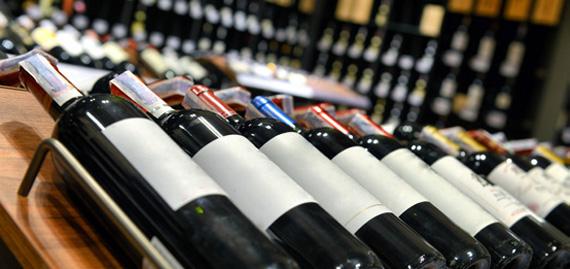New to wine?
Reading a wine label

At first glance, a wine label can be confusing to those just getting started. Luckily, New World wine producers have made it easier on wine beginners by listing the grape(s) directly on the label. Old World regions have typically relied on the wine consumer to be familiar enough with the region to know, for example, that Red Burgundy is Pinot Noir.
Old World wines may read like this:
Chateau Moulin de Grenet 2009 Lussac St Emilion
New World wines may read like this:
Cakebread 2006 Merlot, Napa Valley
The French wine above lists ‘Saint-Emilion’, assuming that the consumer realises that wines from Saint-Emilion are mostly Merlot. The wine from Napa, California, on the other hand, lists both the region and the grape variety. As one studies more about wine, one becomes more and more accustomed to all the wine varietals and the Old World regions that produce them. Old World wine producers are slowly realising that in order to compete on the global market, they need to make it easy on the consumer. But as much as times may change, a deep understanding of how to read a wine label will always be a useful skill.
There are a few important components of a wine label. Their placement may vary slightly, but with some basic knowledge, they can be easier to spot:
- Varietal: Type of grape/cultivar used to produce the wine
- Producer: Cellar that produce the wine
- Alcohol percentage: Amount of alcohol present in the wine
- Vintage: The year the grapes were harvested
- Vineyard: Place where this specific grape was planted
- Estate: The word ‘estate’ is used where winery use their own grape to produce their wine
- Tasting notes: Helpful guideline to help choose the right type of wine
- History: Brief history of the winery/estate
- Quality level: AOC, DOC, etc.




